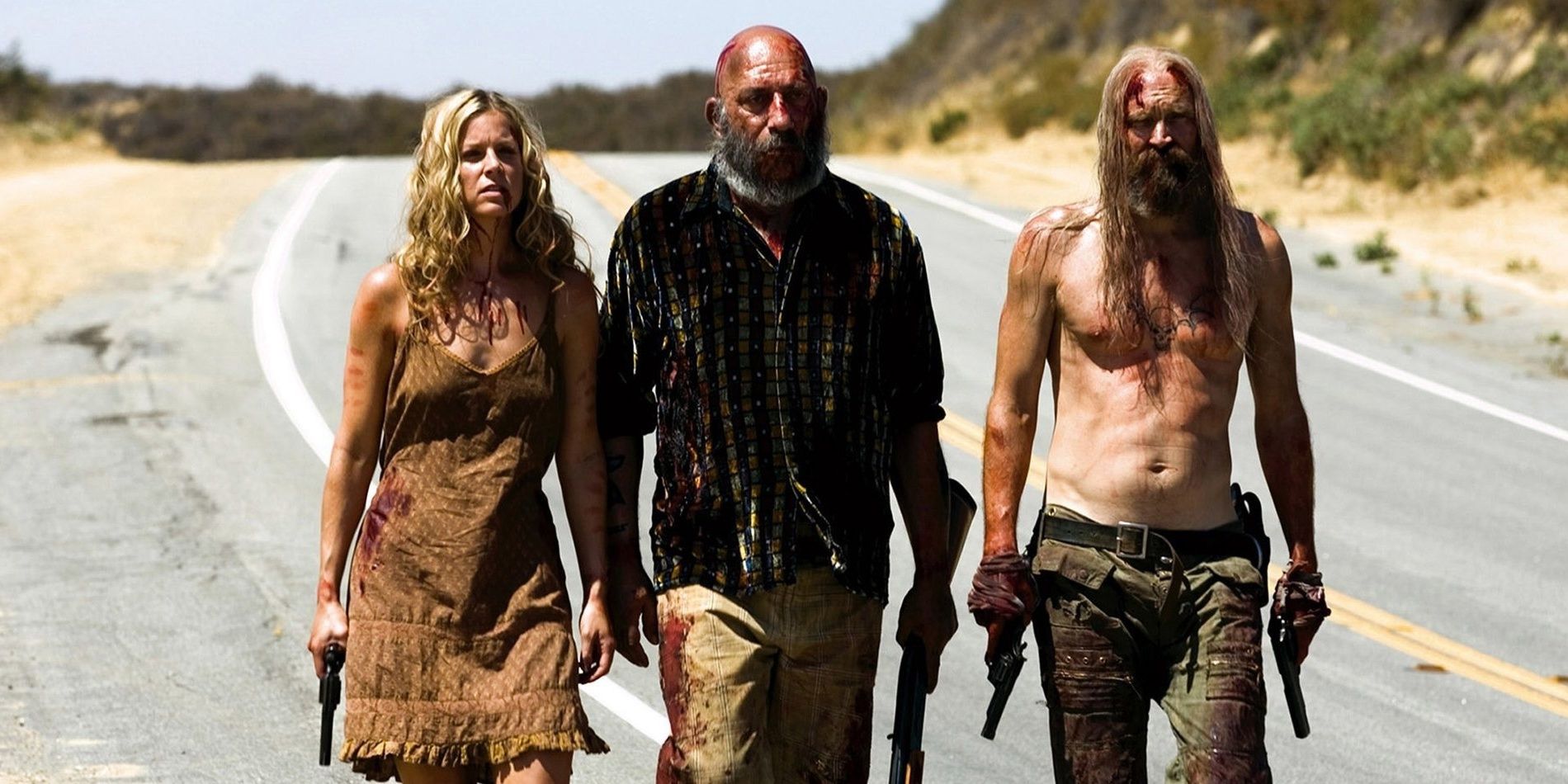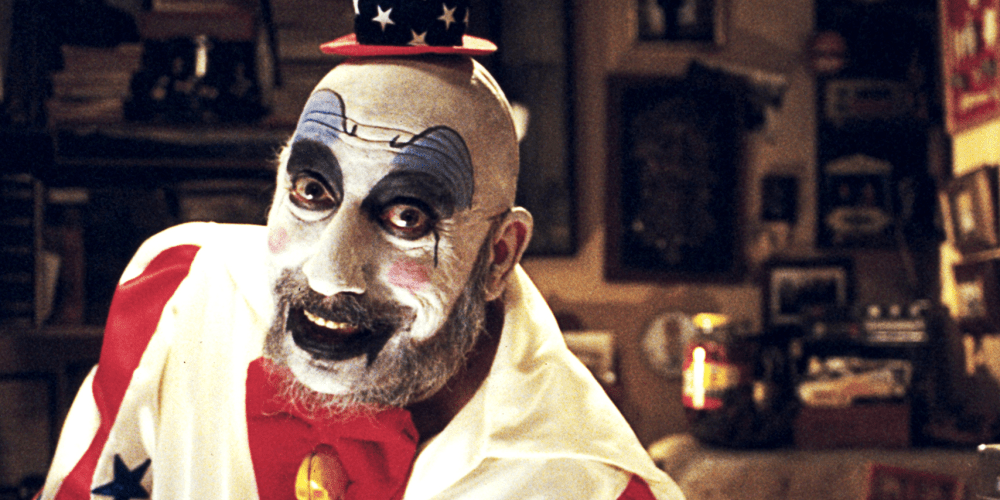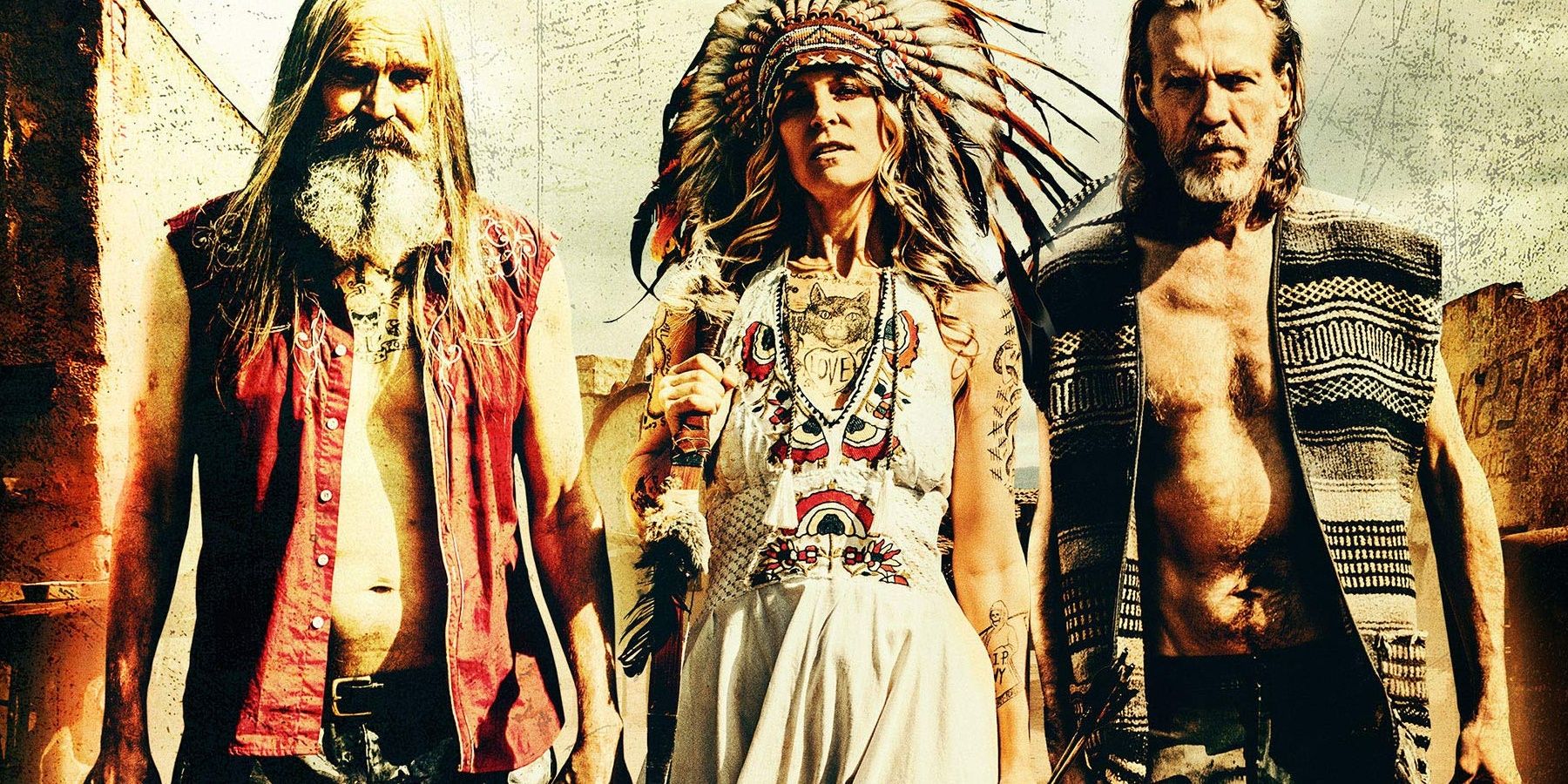Some filmmakers become beloved and iconic for their signature style, bringing together huge audiences before they even hear the film's premise. Other directors, however, create the most upsetting, unpleasant, and unacceptable work possible and put it to the screen to see who'll come along for the ride.
When House of 1000 Corpses was released in 2003, it was a shocking financial success that enjoyed largely negative critical reactions. Two years later, entirely off the back of the money earned by Corpses, The Devil's Rejects was produced by Lionsgate and earned slightly better reception. Fourteen years and six directorial efforts later, Zombie returned to the continuity to create 3 From Hell, which landed as a love letter to the debatably beloved franchise.
What can be said about Rob Zombie? Born Robert Cummings in 1965, Zombie grew up idolizing Alice Cooper and Bela Lugosi in equal measure. His stage name comes from a 1932 horror film that starred Lugosi. Zombie's parents worked at a carnival that they had to flee when an unexplained riot broke out and most of it burned to the ground. Zombie's twin loves of music and filmmaking have actually been ever-present. Even as his band White Zombie took off, he worked as a production assistant on Pee-Wee's Playhouse.
Zombie shopped House of 1000 Corpses around for ages before it got picked up, and, at 36, Zombie made his directorial debut. His controversial remakes of the iconic Halloween franchise are his most financially successful works. He's guest-starred in James Gunn projects, directed an animated movie, and developed a dedicated cult audience for his particular brand. Despite his many cinematic achievements, the single text that most captures Rob Zombie's cinematic intent is unquestionably the Firefly trilogy.
House of 1000 Corpses began its strange life as a concept for a haunted house attraction Zombie planned to pitch to Universal Studios. He wound up in a meeting with a studio head and twisted the idea into a movie in a matter of minutes. Two months later, the film was in production. Unfortunately, Universal backed out of the deal, leaving Zombie to rework the film multiple times to get it made. Like almost every other film Zombie has crafted, it was a struggle to get it past the film rating board. The plot is pretty simple; four teens on a road trip stumble upon a museum of macabre oddities that quickly turns into a nightmare as they find themselves held captive by the unhinged family. It's a classic gorefest, with barely any plot, easily identifiable characters, and tons of largely meaningless violence. Inspired by 70s horror films like The Texas Chainsaw Massacre and The Hills Have Eyes, Zombie created a comparably horrific family of monsters.
The iconic family consists of eight serial killers with varying methods who band together in a dysfunctional group. Their family tree and associated backstories are questionable at best and regularly left totally blank. Only a few members get any actual attention, there is a handful that plays very minor roles, and they don't always make it from one film to the next. The big names are the smug clown Captain Spaulding, the charming blonde Baby Firefly, and the violent artist Otis Driftwood. After the success of the first film, those were the three big figures who fans fell in love with.
The Firefly family was the villain of Corpses, but they were more developed and far more beloved than the barely acknowledged teen victims. Like a lot of horror movie franchises, the killers became the face of the franchise. Two years later, The Devil's Rejects appeared with a focus on the deranged goings-on of a select few family members. The film's opening sees the matriarch jailed, and their younger brother shot dead, leaving Spaulding, Baby, and Otis to hit the road. The trio faces off against a pair of corrupt bounty hunters and the law as they torture and murder whoever they come across. The Devil's Rejects would be difficult to imagine as the destination after its predecessor. It is a radical shift in tone, from carnival attraction level comical gore to viciously grounded horror. It's this film that makes the skin crawl in a much less fun way, and it simply isn't fit for some audiences.
3 From Hell, the third, and thus far final, installment of the Firefly film series takes a slightly sentimental turn, through no fault of its own. Sid Haig, the actor behind Captain Spaulding, was experiencing serious health troubles during the filming and was only able to appear briefly in the film. Haig's career was storied, but Rob Zombie fans had a special love for the performer that heavily impacted the direction of the film. An early scene gives both the actor and his character a chance to shine which made the entirety of 3 From Hell feel like a powerful send-off from both the director and the fans. Haig passed away five days after the film's release, hopefully after enjoying the tremendous fan response to the film's three-day event release.
3 From Hell may as well be the same film as its predecessor, but that really isn't the point. Hugely underrated character actor Richard Brake was brought in for a new role to replace Captain Spaulding, and he's excellent as usual. The continued plot centers around Otis and Baby escaping prison and continuing their rampage beyond America and into Mexico. As with every entry in this franchise, fans know what they're getting into and non-fans probably need not apply.
Rob Zombie's approach to horror is not based around lofty concepts like suspense or existentialism. It's simple, visceral, and immediate. Just like Zombie's approach to music, the Firefly family trilogy is designed to shock the audience into feeling something. Rob Zombie's horror trilogy is one of the most impressively unpleasant achievements in filmmaking history, and that counts for something.



